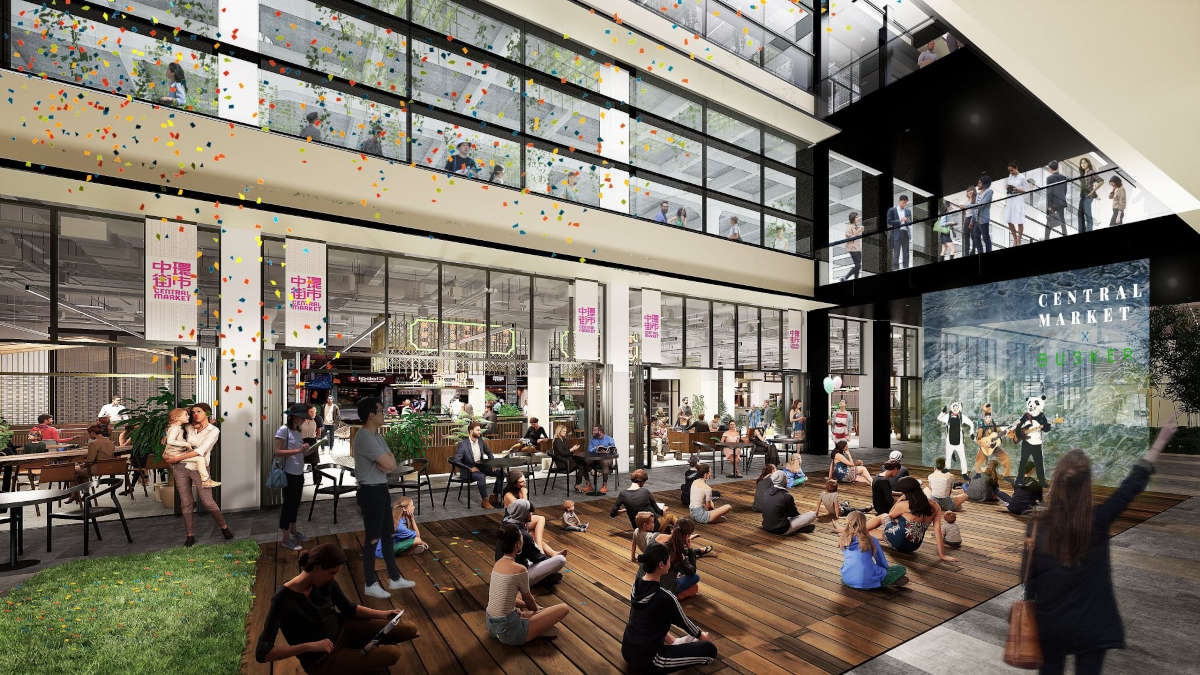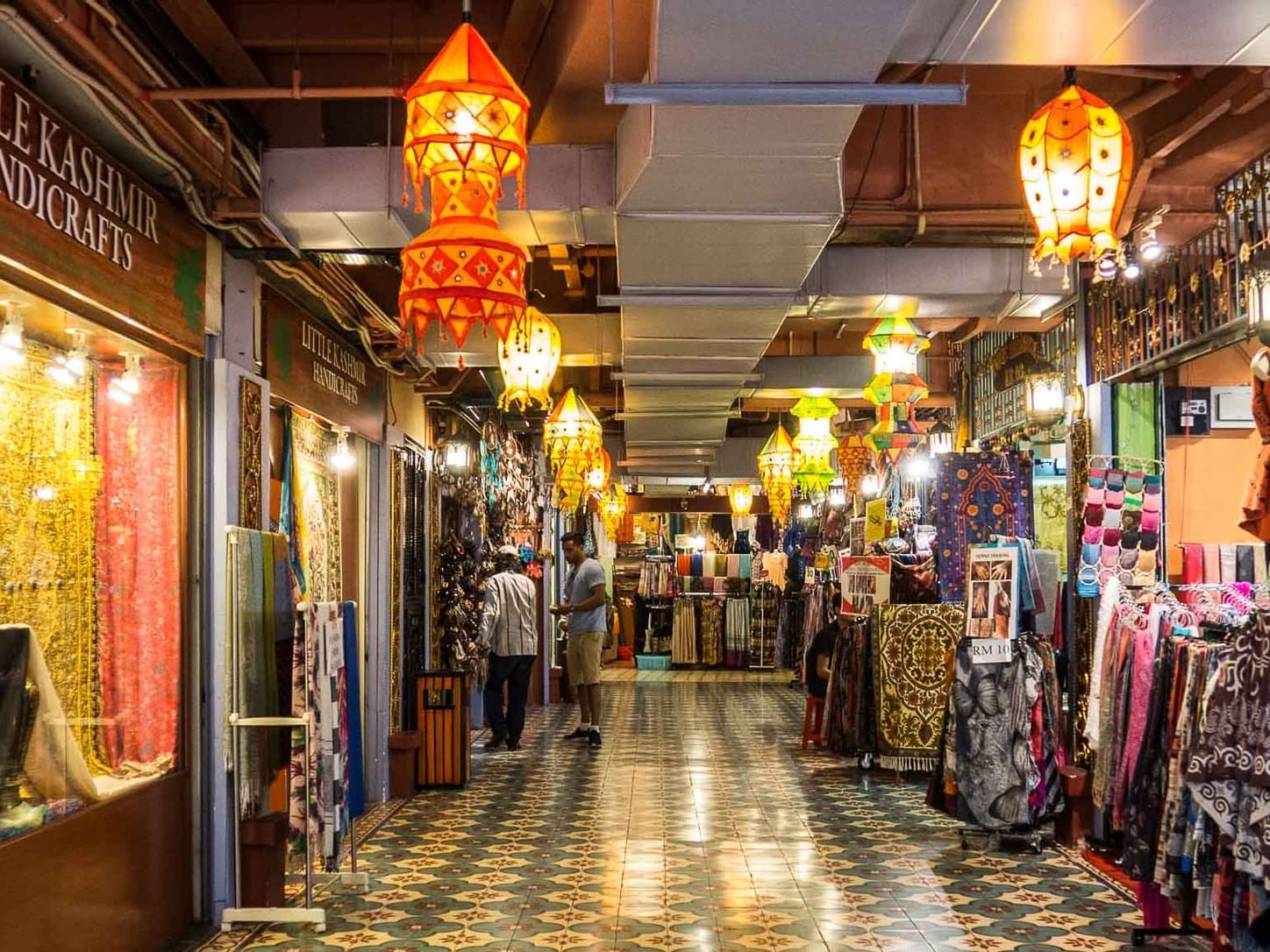Central Market in Kuala Lumpur is one of Malaysia's most iconic landmarks, attracting millions of visitors annually. This bustling marketplace has evolved into a cultural and artistic haven, showcasing the best of Malaysian heritage, crafts, and cuisine. Whether you're a tourist or a local, Central Market offers an unforgettable experience that celebrates the rich diversity of Malaysia.
Since its establishment in 1937, Central Market has transformed from a humble wet market into a vibrant cultural center. The market's strategic location in the heart of the city makes it a must-visit destination for both domestic and international travelers. Its unique blend of history, art, and commerce creates a dynamic environment that caters to various interests.
As you explore Central Market, you'll discover a treasure trove of local crafts, traditional clothing, and authentic Malaysian delicacies. This article delves into the fascinating history, vibrant atmosphere, and cultural significance of Central Market, providing valuable insights for visitors and enthusiasts alike.
Read also:Discovering The Enigmatic World Of Stackswopo
Table of Contents
- The Rich History of Central Market
- Architecture and Design
- Art and Culture at Central Market
- Shopping Experience
- Delicious Food Options
- Special Events and Festivals
- Visiting Tips and Essentials
- Sustainability Initiatives
- Community Engagement
- Future Developments
The Rich History of Central Market
Central Market was originally established in 1937 as a wet market catering to the local community. Over the decades, it has undergone several transformations, reflecting the changing needs of the city and its residents. In 1986, the market underwent a major renovation, converting it into a cultural hub that celebrates Malaysian heritage.
Historical Significance
Central Market holds immense historical value, serving as a testament to Malaysia's cultural evolution. It was once the largest wet market in Kuala Lumpur, supplying fresh produce to the surrounding neighborhoods. Today, it stands as a symbol of Malaysia's rich cultural tapestry, attracting visitors from all over the world.
Architecture and Design
The architecture of Central Market reflects a blend of traditional and modern design elements. The building's Art Deco style is evident in its intricate facades and elegant arches. This architectural masterpiece has been meticulously preserved to maintain its historical charm while accommodating modern facilities.
Design Features
- Spacious interiors with high ceilings
- Abundant natural lighting through large windows
- Wide walkways for easy navigation
Art and Culture at Central Market
Central Market is renowned for its vibrant art scene, featuring works by local artists and artisans. The market provides a platform for creative expression, showcasing traditional crafts alongside contemporary art forms. Visitors can explore galleries, workshops, and exhibitions that highlight Malaysia's rich cultural heritage.
Art Galleries
Several art galleries within Central Market offer a diverse range of artworks, from traditional batik paintings to modern sculptures. These galleries provide a unique opportunity for visitors to purchase authentic Malaysian art pieces and support local artists.
Shopping Experience
Central Market offers an unparalleled shopping experience, with a wide variety of stores catering to different interests. From handmade crafts to traditional clothing, the market provides a rich selection of products that reflect Malaysia's cultural diversity.
Read also:Unveiling The Multifaceted Nature Of The Taurus Woman
Popular Products
- Handwoven baskets and mats
- Traditional Malay clothing
- Authentic Malaysian souvenirs
Delicious Food Options
No visit to Central Market is complete without indulging in its delicious food offerings. The market boasts a wide array of dining options, ranging from street food stalls to upscale restaurants. Visitors can savor authentic Malaysian dishes, such as nasi lemak, satay, and rendang, while enjoying the lively ambiance.
Must-Try Dishes
- Nasi lemak with sambal and fried chicken
- Satay with peanut sauce
- Cendol, a refreshing dessert made with shaved ice, coconut milk, and palm sugar
Special Events and Festivals
Central Market hosts numerous events and festivals throughout the year, celebrating Malaysia's cultural diversity. These events provide a unique opportunity for visitors to experience traditional performances, participate in workshops, and enjoy special promotions.
Annual Festivals
Some of the notable events at Central Market include the Hari Raya Bazaar, Chinese New Year Celebrations, and the Malaysia Independence Day Festival. These festivals showcase Malaysia's vibrant cultural traditions and foster a sense of community among visitors and locals alike.
Visiting Tips and Essentials
To make the most of your visit to Central Market, consider the following tips:
- Visit during weekdays to avoid crowds
- Wear comfortable shoes for walking
- Bring cash for small purchases
- Respect local customs and traditions
Sustainability Initiatives
Central Market is committed to promoting sustainable practices and reducing its environmental impact. The market has implemented various initiatives, such as recycling programs, energy-efficient lighting, and waste reduction measures, to ensure a greener future.
Green Practices
These sustainability efforts not only benefit the environment but also enhance the visitor experience by creating a cleaner and more eco-friendly space.
Community Engagement
Central Market plays a vital role in fostering community engagement and supporting local artisans. By providing a platform for local artists and craftspeople, the market helps preserve traditional skills and promote cultural heritage.
Supporting Local Artisans
Visitors can contribute to this mission by purchasing authentic products and participating in workshops that showcase traditional crafts.
Future Developments
Central Market continues to evolve, with ongoing plans to enhance its facilities and offerings. Future developments aim to further enrich the visitor experience while maintaining the market's historical and cultural significance.
Upcoming Projects
These projects include the expansion of art galleries, the introduction of new dining concepts, and the enhancement of digital infrastructure to improve accessibility and convenience for visitors.
Conclusion
Central Market in Kuala Lumpur is much more than just a marketplace; it is a vibrant cultural hub that celebrates Malaysia's rich heritage and diversity. From its fascinating history and stunning architecture to its diverse shopping and dining options, Central Market offers something for everyone. Visitors are encouraged to explore this iconic destination and support local artisans by purchasing authentic products.
We invite you to share your experiences at Central Market in the comments below or explore our other articles on Malaysian culture and attractions. Together, let's celebrate and preserve the unique cultural legacy of Central Market for generations to come.


